— by Miriam, Senior Copywriter – 5 min read
PART ONE: THE HUNT
A friend who volunteers for a not-for-profit recently asked me how to best approach and talk to a beneficiary about their story.
This got me thinking.
We all know that a compelling case study (you know, the ones that make you want to cry) can speak volumes about a charity’s work and the people they help – yet so many organisations flounder in the actual gathering of these stories.
You don’t need an in-house communications team to find stories that demonstrate your impact and dial up the emotion – all you need is curiosity, heart and a couple of quick tips.
1. Gathering stories is everyone’s responsibility
You know that your organisation does great work, and that’s what you want your audience to know about. But finding good, colourful examples that can illustrate a fundraising appeal is not always easy – especially when you’re stuck in an office (or at home!)
Try and encourage everyone at all levels of your organisation to be on the lookout for stories that highlight the wonderful work your supporters make possible. Share examples with them, so they understand the kind of impact you want to promote.
A good way to ensure you have a pipeline of compelling case studies is to keep in regular touch with front line staff who are working most closely with your beneficiaries. Once you hear about a positive story or a strong outcome it’s worth asking if that person or family would be willing to talk about their situation and if you could get in touch with them. All too often powerful stories are missed because of a lack of contact—it doesn’t hurt to ask!
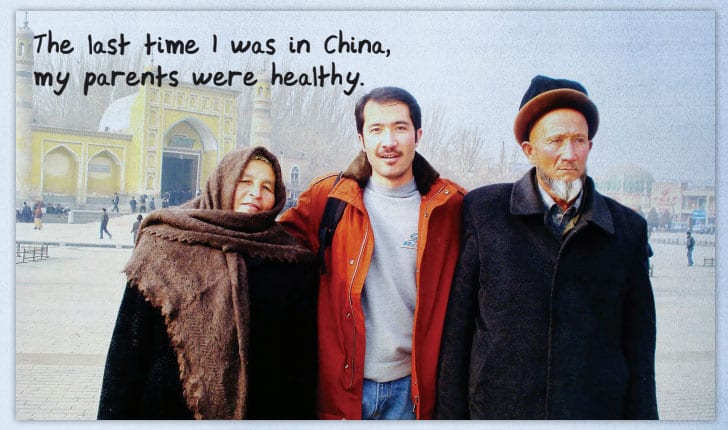
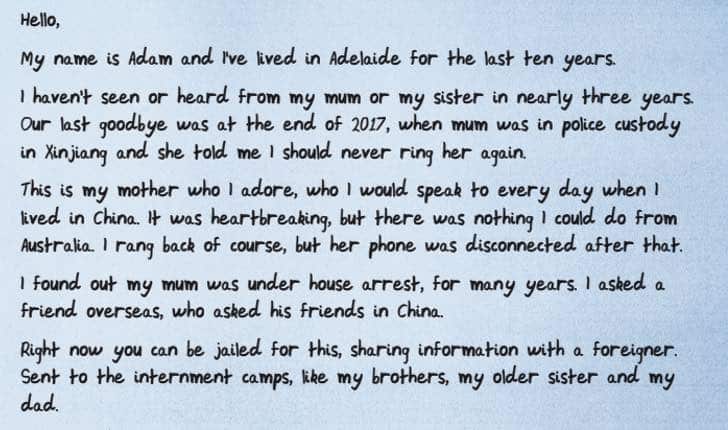
The emotional lift from Amnesty International 2020 Tax Appeal featured a heartbreaking letter written in the voice of the case study, who also provided personal photographs of his family to illustrate his story.
2. Play by the rules
Your staff will have spent a long time building relationships with people accessing your programs, so take time to explain why you want to use their case study, how you plan on sharing the story and how it will help your cause. Make sure you do the same for the beneficiary you’re interviewing.
As a side note – occasionally, not-for-profits start building a fundraising campaign around a case study before they have consent from the person to do so. Bad idea. Make sure they’ve signed a consent form before you share the story with your agency or comms team.
3. Forget emailing through questions, meet face-to-face (or at least over the phone)
I am often asked by not-for-profits to “interview” people via email. This is a pet hate of mine – because most of the time when it comes to case-studies, you’re asking beneficiaries to share what is often an intensely personal experience. It’s not something that can be properly- communicated in a couple of dot points, especially if English is their second language. You want to be respectful and give them space to tell you their story in their own words.
Organising a face-to-face meeting, or chatting over the phone will give you a far better insight into the beneficiaries story. It allows you to make a connection, ask follow up questions, or clarify anything you don’t understand.
4. Ask the questions you want to know
I heard Esther Kwaku from the Nerve Network speak at FIA 2020 and she had a great quote for thinking about the interview process: “Throw down that notepad, just sit down and talk about real life. You have to make the connection with people in order to keep it authentic.”
That said, preparation is helpful! Find out as much information as you can about the person before you meet them, and research the situation they might have experienced. Open-ended questions are preferable so you avoid getting one-word answers – but on the other hand you don’t want questions to be so open-ended they’re impossible to answer!
In the course of the conversation you should try and discover answers to the following:
- What was this person’s life like before they became involved with your organisation?
- What was their future going to look like at that point?
- What happened to bring them into contact with you?
- What has your organisation done for them?
- How has their life changed as a result of your organisation’s work?
While I personally prefer to be walked through the story from beginning to end – some people feel more comfortable talking about how their life has improved, rather than a challenging past, so you might want to start with the now until you’ve established a rapport.
I recommend using your phone to record the interview on ‘Voice Memos’ (obviously with permission) so you don’t have to frantically write notes the whole time.
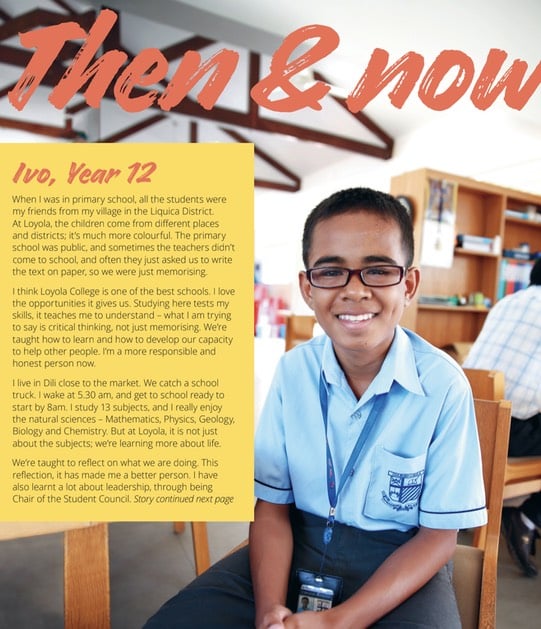
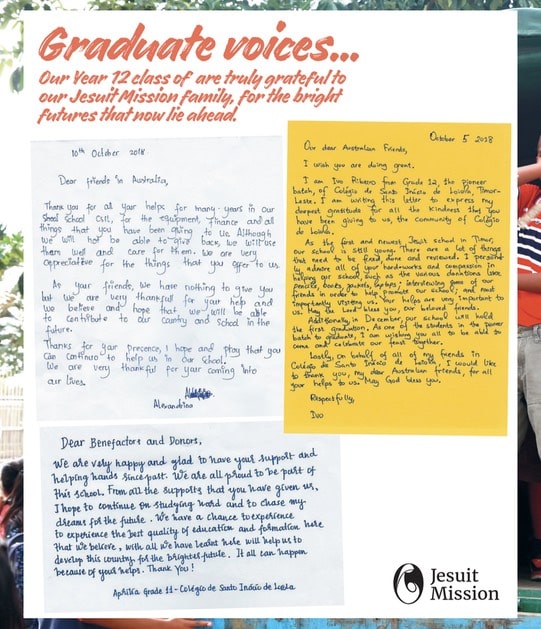
We used the Jesuit Mission Christmas 2018 appeal to share the voices of young Timorese, even featuring their own letters.
5. The more details the better!
The more authentic your case studies seem, the more they will impact your supporters and inspire them to action.
Too many organisations write generic case studies or provide quotes filled with industry jargon that look like they could easily have been made up. Does a real person ever really say “brighter future”?
A good case study will feature lots of specifics and small details to make it compelling and believable. As Esther Kwaku says, “Go deep, and then go deeper”. Micro-details are what you’re after!
For example, “Without your help, we would not have the skills and hope for the future that we have today” is much less effective than “Without your help, I wouldn’t have had the confidence to open a small business selling snacks and fruit drinks. The success of my store has meant I could buy a black goat for my elderly mother and pay for therapy for my youngest son, who has cerebral palsy.”
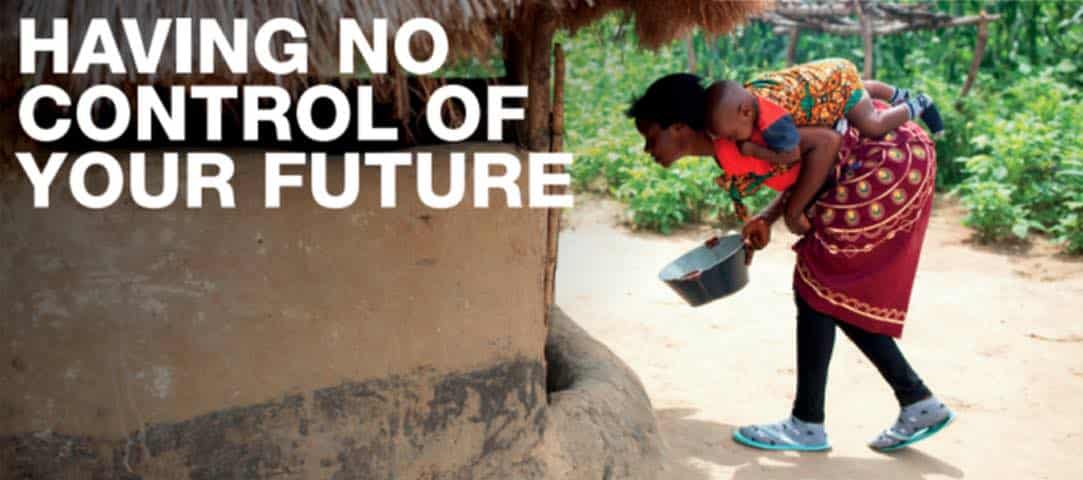
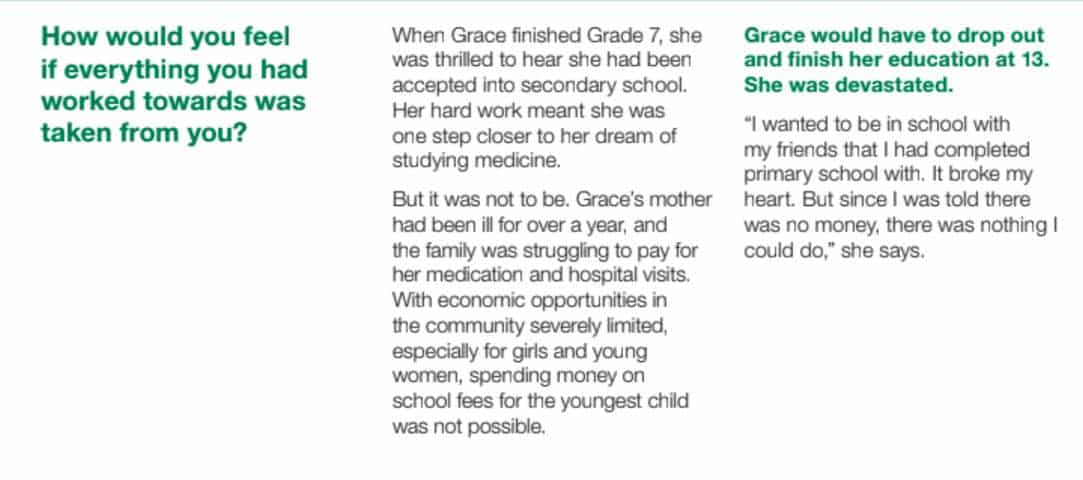
ChildFund 2019 Tax Appeal featured a devastating story of child marriage.
6. A picture is worth a thousand words (well, at least 100)
Marlin founding director Karl Tischler always says, “If you can’t take the supporter to the field, bring the field to the supporter”.
The best way to do this is by illustrating your story with real images. There’s nothing more disappointing than a powerful case study without accompanying imagery!
Consider photography from the very beginning. Is the case study happy for you to take photos of them? Do they have photos from their past they would be happy to share?
If they don’t want their face used, think about what pictures you could use that relate to their experience instead. One campaign I worked on, the beneficiary didn’t want to be photographed, but he was happy to share photos of a diary entry from a difficult time he had experienced.
Sometimes stock imagery is your only option. But context is key! Take your time to ensure the images you choose reflect the case study, the emotions described and the situation the beneficiary found themselves in. Most stock imagery libraries are North American/European so spend time searching for images that are suited to our seasons, clothing etc.
With all stock photography there are heavy limitations, so it can often be worth the investment to do a photo shoot and craft specific scenes that bring the case study story to life. Plus then you own the images!

Amnesty Tax Appeal 2020 used images of Uyghur people holding photographs of their loved ones.
Stay tuned for part two in this series:
Make me feel something! How to write a case study with heart.


